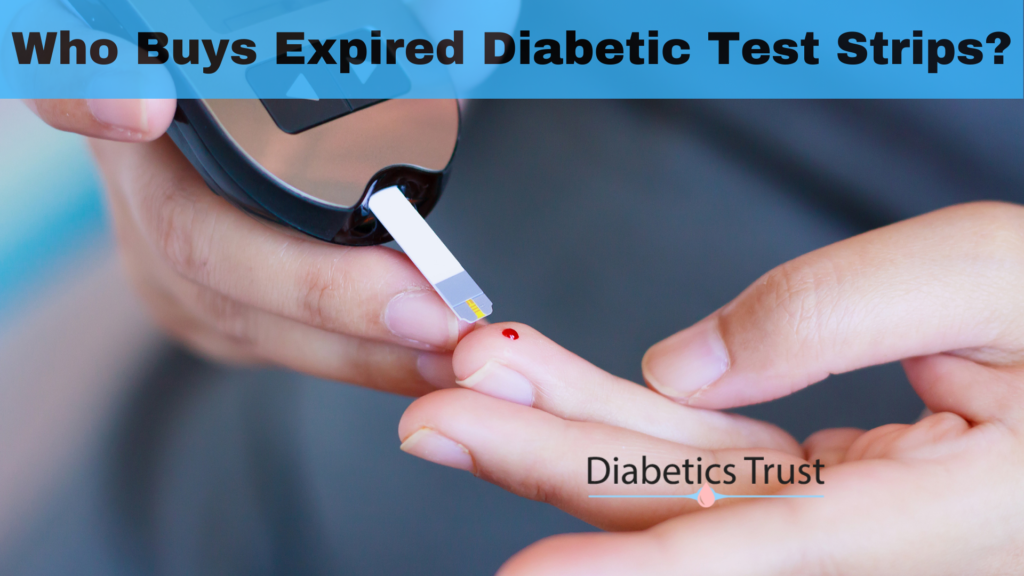As a pet parent, I’ve always made it my mission to understand the health challenges that can impact my furry friend’s life. One of these challenges, although less common, is Diabetes Insipidus.
Recognizing the signs of this condition can be a lifesaver and can lead to early intervention, which is vital in managing the condition effectively. Today, I want to share my knowledge and experiences with you, in hopes of raising awareness about this significant health issue.
A Sneak Peek into Diabetes Insipidus
Diabetes Insipidus, often referred to as “water diabetes,” is a condition that disrupts a dog’s water metabolism. Unlike the more prevalent Diabetes Mellitus which affects blood sugar levels, Diabetes Insipidus either involves a deficiency of the hormone vasopressin (Central Diabetes Insipidus) or the kidneys’ inability to respond to vasopressin (Nephrogenic Diabetes Insipidus).
Both forms result in the same thing – excessive urination and an insatiable thirst.
The Tell-Tale Signs
The most apparent signs of Diabetes Insipidus in dogs are an increased intake of water and frequent urination. Dogs affected by this condition can drink up to a gallon of water a day and will urinate much more than usual.
So, if you notice your dog visiting the water bowl more often or having “accidents” around the house, it’s time to pay attention.
More Than Just Thirst and Urination
Although increased thirst and urination are the main symptoms, there are other signs to look out for. Due to the excessive loss of water, dogs with Diabetes Insipidus might appear to be losing weight. They may also seem restless and uncomfortable due to the constant urge to urinate.

Beware of the Heat
Hot weather can aggravate the condition. Dehydration is a real concern for dogs with Diabetes Insipidus, and on hot days, your dog’s water needs can increase further.
So, if you notice your dog displaying the symptoms more prominently during the summer, it might be a sign of Diabetes Insipidus.
Change in Behavior
Changes in behavior can also signal a problem. If your dog appears to be lethargic, unusually irritable, or showing signs of depression, it might be due to the discomfort and constant thirst associated with the condition.
Time to Consult the Vet
If you notice any of these signs, it’s crucial to consult your vet. Blood tests, urinalysis, and water deprivation tests can help diagnose the condition accurately. Remember, early detection is key to managing Diabetes Insipidus effectively.
In Conclusion: Your Role is Crucial
As a pet parent, your role is paramount in identifying the early signs of Diabetes Insipidus. Your attention to your dog’s behaviors and needs can make a world of difference in their health. And remember, you’re not alone in this journey.
Your vet is there to guide you, and there are countless resources and communities to provide support. Stay aware, stay informed, and your furry friend will thank you for it!
I hope this information proves valuable in your pet parenting journey. After all, our pets depend on us to recognize when something’s not right. By staying vigilant and attuned to our pets, we can ensure they lead a happy and healthy life.
Related Blogs You Must Read
Understanding and Managing Diabetes Insipidus in Your Dog





